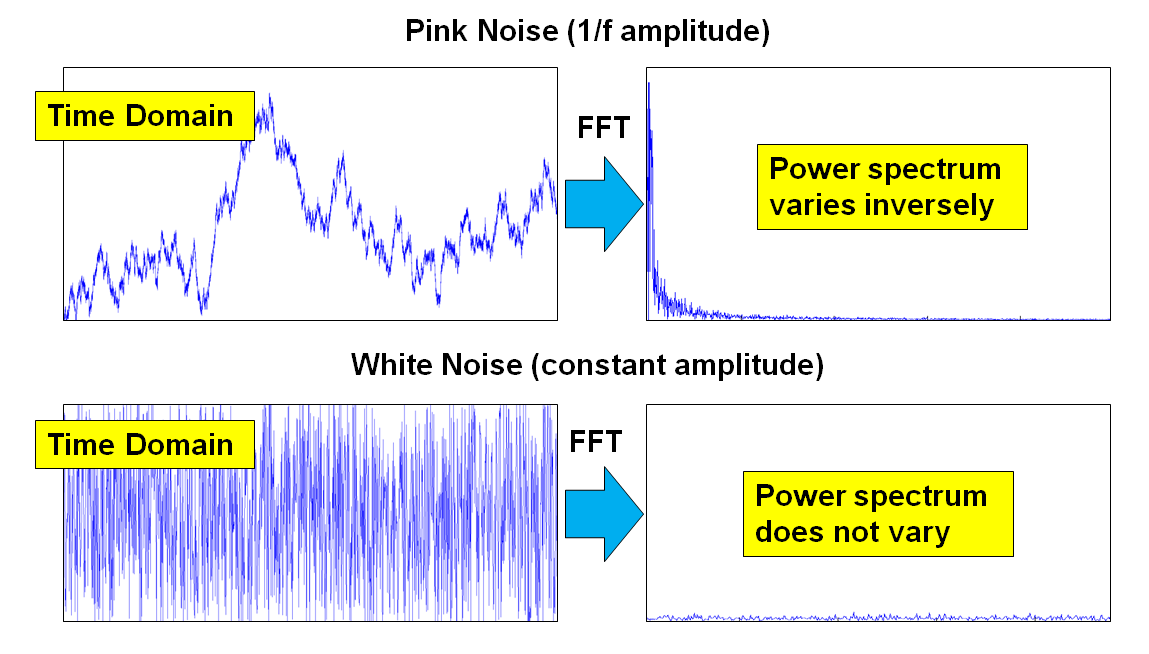Mercedes-Benz emits a brief impulse of pink noise of 80 dB before an imminent accident

Loud pink noise causes short-term hearing loss. It protects the driver and passengers from stunning when firing airbags and crash crash.
In the Mercedes-Benz cars dozens of different security systems are implemented .In which almost all sensors of the car are used. The main task is to activate seat belt pretensioners as early as possible, before the airbags trigger. Accelerometers can recognize a coup. The radar distronic is activated. The generator produces up to 18 volts and more to very quickly lower the windows during a coup. The combination of high speed, sudden braking and activated sensors parking sensors is regarded as an accident. If the car suddenly changes its trajectory during a drift, it is regarded as an accident (airbags only recognize frontal collisions). Depending on the weight and height of the person and the collision vector, the car can even activate the pretensioners without activating the airbags. In general, when Mercedes-Benz engineers talk about new safety measures in cars, it's really interesting. What else did these guys come up with?
Another relatively new invention of Mercedes-Benz relates to the field of psychoacoustics. This safety measure protects not the body, but the ear of the driver, saving him from stunning.
Before an unavoidable accident — when one of the security systems detected an inevitable accident — a short impulse of pink noise , also known as atrial noise (flicker noise), is reproduced through the dynamics of the multimedia system .
As is known to any sound engineer (yes, to be honest, to any married man), after briefly listening to the noise, human hearing becomes insensitive to any meaningful sound information. As conceived by Mercedes-Benz engineers, such temporary deafness is designed to protect people from serious stunning, possible when firing airbags and crashing crashes. That is, the car carefully "turns off" the person's hearing, until the roar ends, and then "turns on" back. According to rumors , the American army has long been using the reflex of the stapedal muscles to protect the hearing of gunners. But nothing is known about the use of pink noise. There comes the so-called temporary deafness.
Physically, the effect of temporary deafness is explained by a biological reflex - involuntary contraction.stapedial muscle of the middle ear, which is located behind the eardrum. The contraction of the stapedius muscle briefly weakens the connection between the eardrum and the inner ear, protecting the person from sound shock, that is, the powerful sound pressure that follows at this moment. After all, from a very strong acoustic pressure a person can even deaf. That is, ear sensitivity is reduced to such a limit that human speech becomes indistinguishable.

The stapedus muscle (stapedus) is located behind the eardrum (eardrum)
The system seems simple, because the reflex of the stapedial muscles has long been known. But in fact, scientists had to conduct serious research in order to most effectively implement this technology. Usually, a sound pressure of about 100 dB is required to activate the reflex. So loud sounds are not too suitable for use in the car.
More thorough studies have shown that the reflex is caused not only by the strength of the sound pressure, but also by the characteristics of the sound. It turned out that if the energy is distributed as in a pink noise, then a reflex of the stapedius muscle can be produced at a lower volume. 80 dB is enough.
Pink noise is one of several types of noise, along with white, red (brown, Brownian), blue (blue), purple and gray.
Noises of different colors differ in their spectral density, that is, the distribution of signal power over frequencies. For example, white noise is a signal with a uniform spectral density at all frequencies and a dispersion equal to infinity.
The spectral power density of pink noise is determined by the formula ~ 1 / f , here the density is inversely proportional to the frequency. In other words, it decreases evenly on a logarithmic frequency scale. The spectral density of such a signal, compared with white noise, is attenuated by 3 decibels per octave.

How pink noise sounds
Soft stunning pink noise is one of the Pre-Safe technologies that Mercedes-Benz introduced in 2002. This is a set of different systems that are activated immediately before the inevitable collision in order to prepare for it a car, a driver and passengers. The development of these systems is based on the analysis of real incidents and helps save human lives and health. PRE-SAFE systems are activated in a split second. For example, turning on seat belt pretensioners takes 150 milliseconds.
The Pre-Safe Pink Noise Pre-Safe Sound update was launched on the Mercedes-Benz W213 model, which went on sale in 2016. It is possible that in the future the technology will be introduced into other models.
Apparently, this is the first case in the automotive industry, when psychoacoustics methods are used to protect people.
